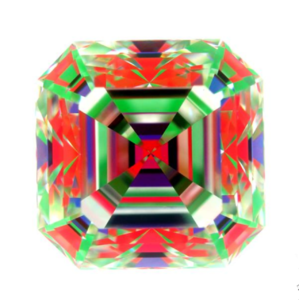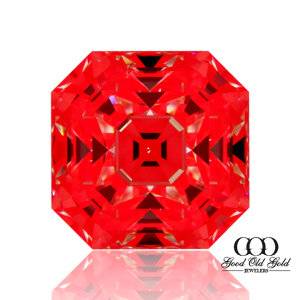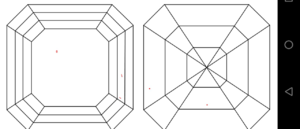Venzen007
Shiny_Rock
- Joined
- Dec 22, 2008
- Messages
- 212
According to https://www.pricescope.com/wiki/diamonds/asscher-cut-diamond
...an asscher I'm considering is way out of ideal specs. That said, in side-by-side comparisons with several diamonds with specs that are more inline with these ideal specs, the one I'm considering clearly outperforms the others. This begs the question whether the above reported "ideal" specs are hard and fast or overly generalized. Anyone have any thoughts on that?
This particular asscher I'm looking at even has several areas in the ASET that show areas of light leakage, but again, in several, side-by-side comparison videos under various lighting, this particular stone seems to out perform the others. What's going on here?
I'm including the ASET and the measurements for any comments.
Table 61.3%
Crown 19.6%
Pavilion 45.7%
Total Depth 69.2%
Culet None
Girdle Thick
Ratio 1.00
Sym EX
Polish VG

...an asscher I'm considering is way out of ideal specs. That said, in side-by-side comparisons with several diamonds with specs that are more inline with these ideal specs, the one I'm considering clearly outperforms the others. This begs the question whether the above reported "ideal" specs are hard and fast or overly generalized. Anyone have any thoughts on that?
This particular asscher I'm looking at even has several areas in the ASET that show areas of light leakage, but again, in several, side-by-side comparison videos under various lighting, this particular stone seems to out perform the others. What's going on here?
I'm including the ASET and the measurements for any comments.
Table 61.3%
Crown 19.6%
Pavilion 45.7%
Total Depth 69.2%
Culet None
Girdle Thick
Ratio 1.00
Sym EX
Polish VG











300x240.png)